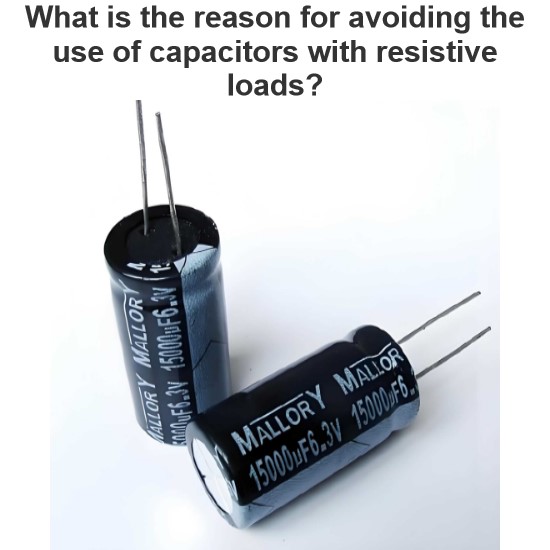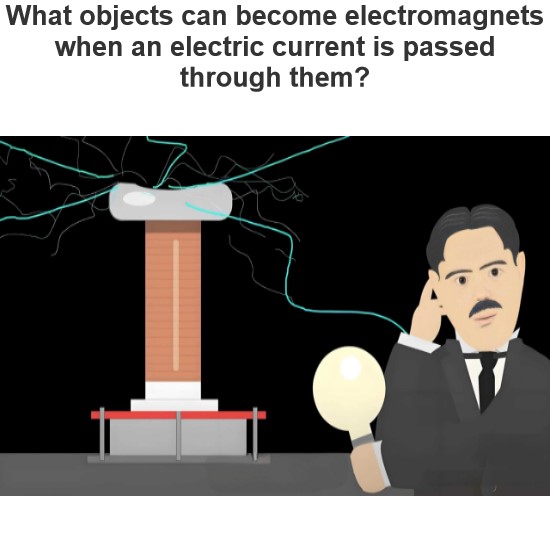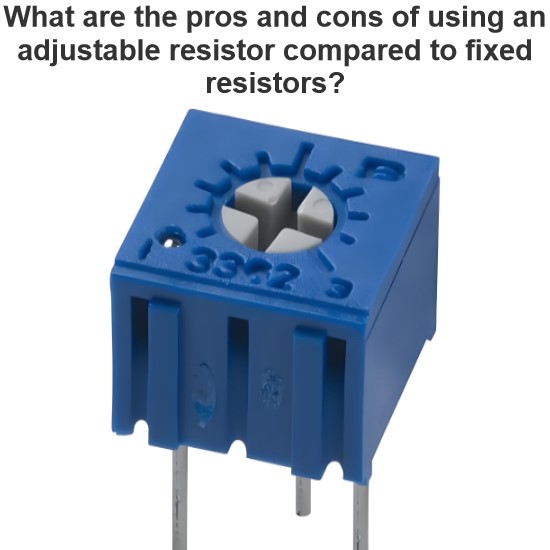What is a Carbon Composition Resistor?
A carbon composition resistor is a type of fixed resistor that limits or reduces the electric current in a circuit. It is made of a solid cylindrical body of carbon or graphite powder mixed with a binder, such as clay or resin. The carbon powder acts as a conductor, while the binder acts as an insulator. The resistor has two metal leads or caps attached to its ends, which connect it to the circuit.

Carbon composition resistors were widely used in the past, but they are now replaced by other types of resistors, such as metal film or wire wound resistors, because of their low stability and high cost. However, carbon composition resistors still have some advantages and applications, especially in high-energy pulse circuits.
How to Read the Resistance Value of a Carbon Composition Resistor?
The resistance value of a carbon composition resistor is indicated by color bands on its body. The color bands represent digits, multipliers, and tolerances according to a standard code. There are two types of color coding used for carbon composition resistors: general and precision.

General Color Coding
General color coding has four color bands and is used for resistors with a tolerance of ±5% or more. The first two color bands represent the first and second digits of the resistance value. The third color band represents the multiplier, which is the power of 10 by which the digits are multiplied. The fourth color band represents the tolerance, which is the percentage of deviation from the nominal value.

For example, a resistor with brown, black, red, and gold bands has a resistance value of 10 x 10^2 Ω = 1 kΩ with a tolerance of ±5%.
Precision Color Coding
Precision color coding has five color bands and is used for resistors with a tolerance of less than ±2%. The first three color bands represent the first, second, and third digits of the resistance value. The fourth color band represents the multiplier, which is the power of 10 by which the digits are multiplied. The fifth color band represents the tolerance, which is the percentage of deviation from the nominal value.

For example, a resistor with brown, black, black, orange, and brown bands has a resistance value of 100 x 10^3 Ω = 100 kΩ with a tolerance of ±1%.
What are the Advantages and Disadvantages of Carbon Composition Resistors?
Carbon composition resistors have some advantages and disadvantages compared to other types of resistors. Some of them are:
Advantages
They can withstand high-energy pulses without damage or failure.
They can have high resistance values up to several megaohms.
They are cheap and easy to manufacture.
Disadvantages
They have poor stability and accuracy due to changes in resistance value over time, temperature, humidity, voltage, and soldering.
They have a high-temperature coefficient (TCR), which means their resistance value changes significantly with temperature variations.
They have low power dissipation capacity and need to be derated above 70 °C.
They have high noise levels due to the random contact between carbon particles and binders.
They have low insulation resistance and high voltage dependence.
What are the Applications of Carbon Composition Resistors?
Carbon composition resistors are suitable for applications that require high-energy pulse handling, surge or discharge protection, current limiting, high voltage power supplies, high power or strobe lighting, welding, and other circuits that do not need high precision or stability. They are also used in some vintage or antique electronic devices for their authentic look and sound.
How is Carbon Composition Resistors Made?
Carbon composition resistors are made by mixing fine carbon or graphite powder with an insulating binder material in a specific ratio. The mixture is then molded into rods and baked at high temperatures to form a solid body. The rods are then cut into pieces of desired length and diameter. The ends of the pieces are coated with metal caps or leads that are soldered or welded to them. The body of the resistor is then covered with plastic or ceramic casing to protect it from moisture and dust. Finally, the resistor is painted with color bands to indicate its resistance value.

How to Choose a Carbon Composition Resistor?
When choosing a carbon composition resistor for a specific application, some factors to consider are:
The resistance value and tolerance required by the circuit.
The power rating and maximum voltage that the resistor can handle.
The temperature range and coefficient that the resistor can operate in.
The noise level and stability that the circuit can tolerate.
The size and shape of the resistor that can fit in the circuit board.
Carbon composition resistors are available in different sizes and shapes, such as axial, radial, or surface mount. They also have different power ratings, ranging from 0.125 W to 5 W. The power rating indicates the maximum amount of heat that the resistor can dissipate without damage. The maximum voltage rating indicates the maximum voltage that can be applied across the resistor without breakdown. The voltage rating is usually lower than the power rating multiplied by the resistance value.
For example, a 1 kΩ resistor with a power rating of 0.25 W has a maximum voltage rating of 150 V, while a 1 kΩ resistor with a power rating of 0.5 W has a maximum voltage rating of 500 V.
What are the Alternatives to Carbon Composition Resistors?
Carbon composition resistors are not very common nowadays, as they have been replaced by other types of resistors that have better performance and reliability. Some of the alternatives to carbon composition resistors are:
Metal film resistors: These resistors are made by depositing a thin layer of metal, such as nickel-chromium or tin oxide, on a ceramic substrate. They have low noise, high stability, low TCR, high accuracy, and high power dissipation capacity. They are suitable for precision and low-power applications.
Wirewound resistors: These resistors are made by winding a metal wire, such as copper or nickel-chromium, around a ceramic or fiberglass core. They have high power dissipation capacity, low TCR, high stability, and low noise. They are suitable for high-power and high-temperature applications.
Carbon film resistors: These resistors are made by depositing a thin layer of carbon on a ceramic substrate. They have low cost, small size, and moderate performance. They are suitable for general-purpose and low-power applications.
Conclusion
Carbon composition resistors are one of the oldest types of fixed resistors that are still used in some applications today. They have some advantages, such as high-energy pulse handling and high resistance values, but they also have many disadvantages, such as poor stability and accuracy, high TCR, low power dissipation capacity, high noise level, low insulation resistance, and high voltage dependence. Therefore, they are not suitable for modern high-precision or high-power applications. Other types of resistors, such as metal film or wire wound resistors, have better performance and reliability than carbon composition resistors.
Source: Electrical4u.
Statement: Respect the original, good articles worth sharing, if there is infringement please contact delete.
Electrical4U is dedicated to the teaching and sharing of all things related to electrical and electronics engineering.




